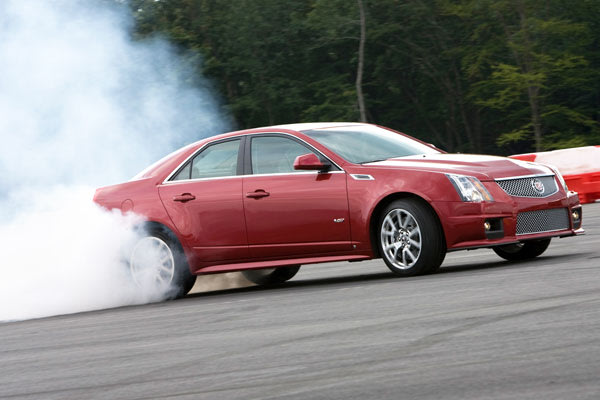That's 110 years of memorable cars, lousy cars, and a lot of cars no one cares about. But it's not just great cars or terrible ones that define a brand's heritage and image. It's the combined history. So Popular Mechanics rifled through Cadillac's history to pick the five greatest cars it has built, the five lousiest, and one that's the greatest of them all.
These are all production Cadillacs—no concept cars, no one-off specials, no presidential limousines and no Popemobiles. These are the cars that once elevated Cadillac into "The Standard of the World" or pushed GM's luxury division to the brink of death.
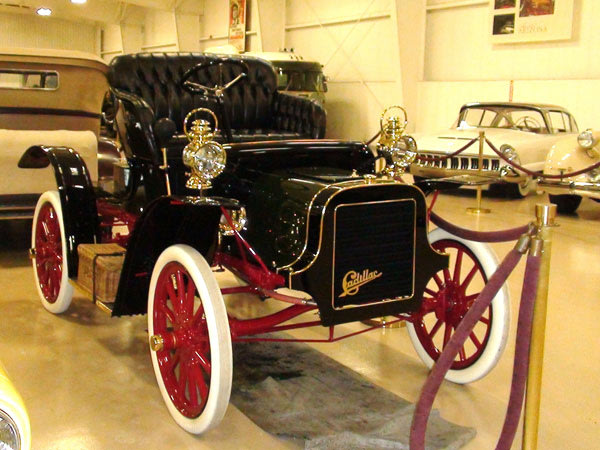
The Fab Five
1908 Cadillac
It was essentially the first production car with truly interchangeable standardized parts, and that was a breakthrough in 1908. After demonstrating this interchangeability in Great Britain, Cadillac won the Dewar Trophy from the Royal Automobile Club. That win inspired the "Standard of the World" slogan that has stuck with Cadillac ever since.

The Fab Five
1953 Eldorado
Available only as a convertible, the first Eldorado was Cadillac's glamour car for the '50s. Based on the Series 62 convertible, it sported Cadillac's first wraparound windshield, a provocative dip along its beltline, and a metal cover that concealed the convertible top when it was down. Power came from the same 5.4-liter V-8 that powered all Cadillacs that year. At $7750, the Eldorado was $2000 more expensive than the second most expensive new Cadillac of the time. No surprise, then, that only 532 were made for '53.
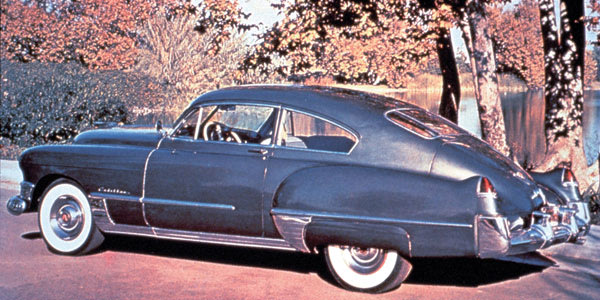
The Fab Five
1948 Series 62 Club Coupe
The first completely new Cadillac design following World War II was sleek and modern in a way no luxury car had been before. Following the lead of the Lockheed P-38 fighter plane, the new Cadillacs featured, yes, tail fins for the first time. The short-wheelbase Series 62 Club Coupe is considered by many to be the most attractive of the all-new '48 Cadillacs.
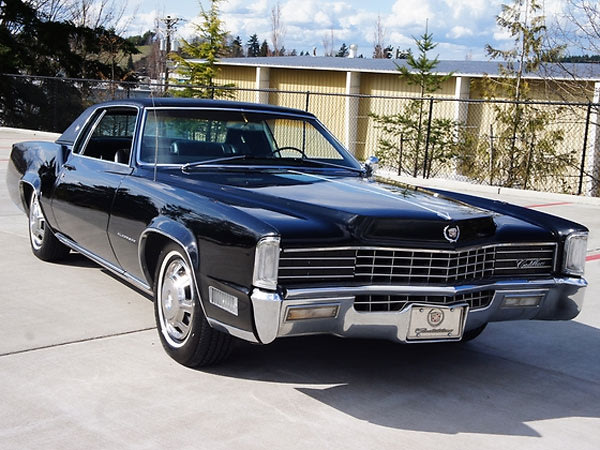
The Fab Five
1967–1970 Eldorado Coupe
Not only was the '67 Eldorado Cadillac's first front-drive machine, but its sleek, hard-edge style brought youth to an aging line. Updated through 1970, the '67 models used hidden headlights and were powered by a 340-hp 7.0-liter V-8. The headlights came out of hiding in '69, and by '70 the engine had grown to 8.2-liter (500 cubic inches) and 400-horsepower. Cadillac's current "Art and Science" design themes owe a debt to the razor-sharp styling of the '67 Eldorado.
The Fab Five
2009–Current CTS-V
Restraint has never been Cadillac's strong suit. The current CTS-Vs are the most unrestrained cars the division has ever built. Powered by GM's supercharged 556-hp 6.2-liter LSA V-8 and available as a two-door coupe, four-door sedan, or radical four-door wagon, the CTS-V line is easily the quickest series of cars Cadillac has ever built. And with all-independent suspension and perfectly tuned chassis, they can use that power to blow away BMWs and Porsches.
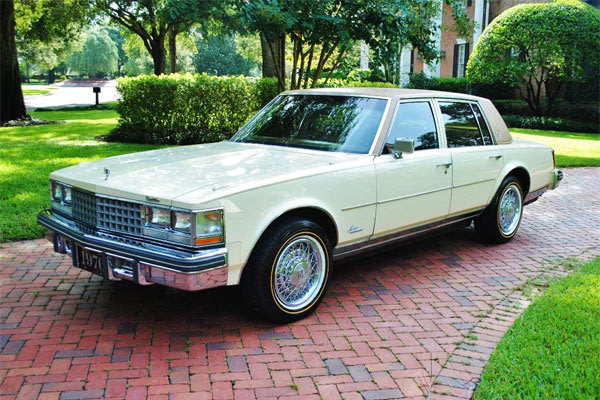
Honorable Mention
1975–1980 Seville
The Seville was Cadillac's play to regain buyers it lost to Mercedes and BMW in the mid-'70s. Basically a stretched Chevy Nova with a fuel-injected Oldsmobile 5.7-liter V-8 engine under its hood, the Seville couldn't have been more mechanically ordinary. But the body was perfectly proportioned, the interior appointed with some real style, and the detailing was perfect. Although the Seville was the most expensive Cadillac, it sold well. Unfortunately, Cadillac didn't learn much from this experience and replaced this Seville with an awkward front-driver in '81.
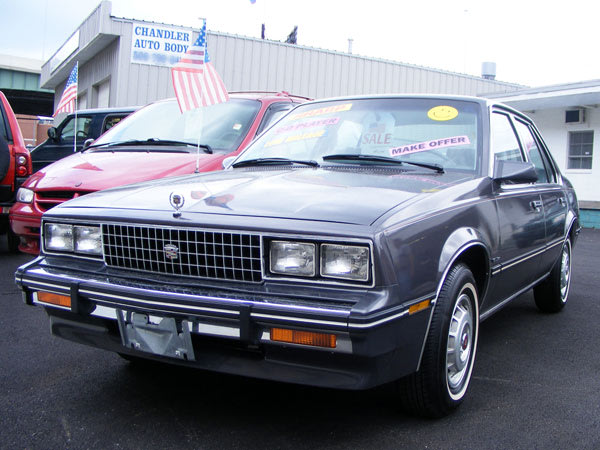
The Inferior Five
1982–1988 Cimarron
Cadillac was at its most cynical and arrogant peak in the early '80s, when it decided it could slap some new badges and leather upholstery on a front-drive Chevrolet Cavalier sedan and produce a viable alternative to the BMW 3-Series in the "Cimarron by Cadillac." The only powerplant available in the '82 Cimarron was a 1.8-liter four making a pitiful 88 horsepower. Later Cimarrons would get bigger fours and V-6s, but the public instantly rejected the Cimarron as a betrayal of everything a Cadillac should be. The stain of this crummy car haunts Cadillac to this day.
The Inferior Five
1979–1985 Diesels
Oldsmobile's ridiculously fragile 5.7-liter diesel V-8, which had been converted from gasoline operation, was first offered in Cadillacs in the '79 Seville and Eldorado, but soon spread through most of the Cadillac line like the plague. Making only 125 hp in '79, the diesel engine was loud and prone to all sorts of failures. Soon buyers were swapping the diesel engines out of still-new Cadillacs in favor of practically anything else. A disaster.

The Inferior Five
1997–2001 Catera
Desperate to compete against European brands, Cadillac surrenders and begins to sell a version of the German-made Opel Omega as the Catera. But the Catera is too plain to be a decent Cadillac, and with a 200-hp 3.0-liter V-6, it lacked the power to push around its 3900 pounds. Plus it was boring and haphazardly assembled.
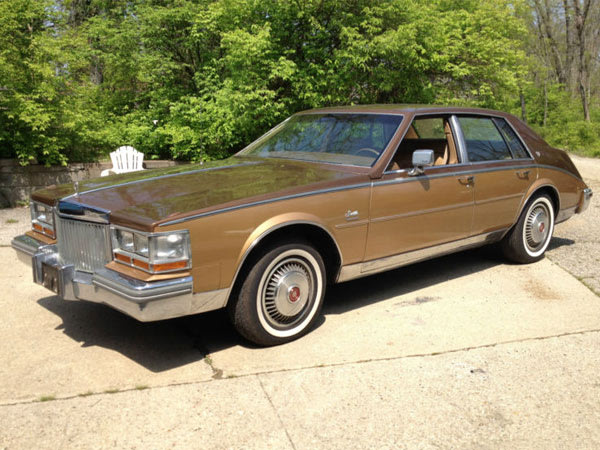
The Inferior Five
1981–1984 V8-6-4
The theory behind the V8-6-4's cylinder deactivation system is sound. When engine loads are light, as when cruising on the freeway, up to half a V-8's cylinders are shut down to save fuel. But in the early 1980s engine-control computers weren't powerful or robust enough to manage this transition effectively. So the V8-6-4 system resulted in a miserably unreliable engine that was diabolically complex to service. Cadillac abandoned the system in everything but limousines after one year... and limousine buyers wish Caddy would've abandoned it there too.
source
